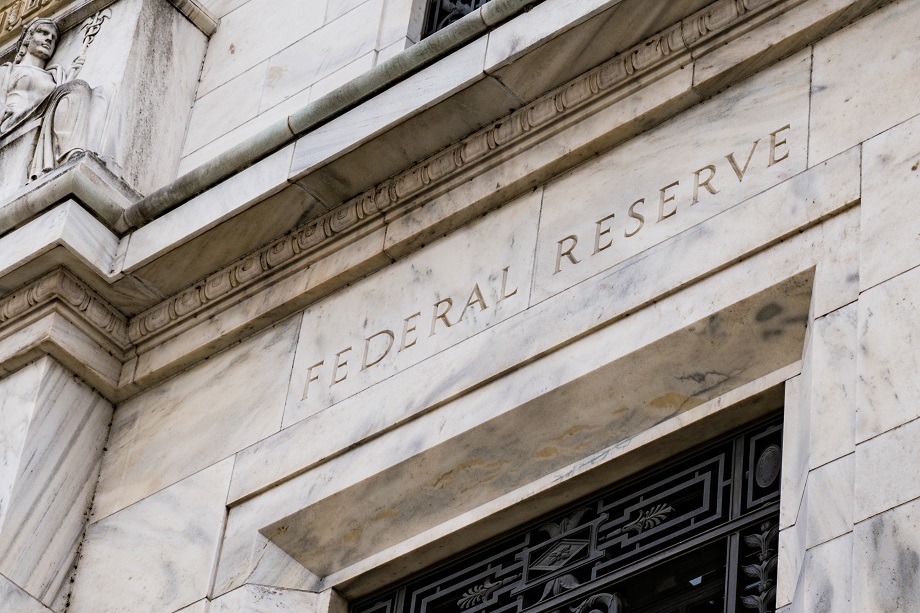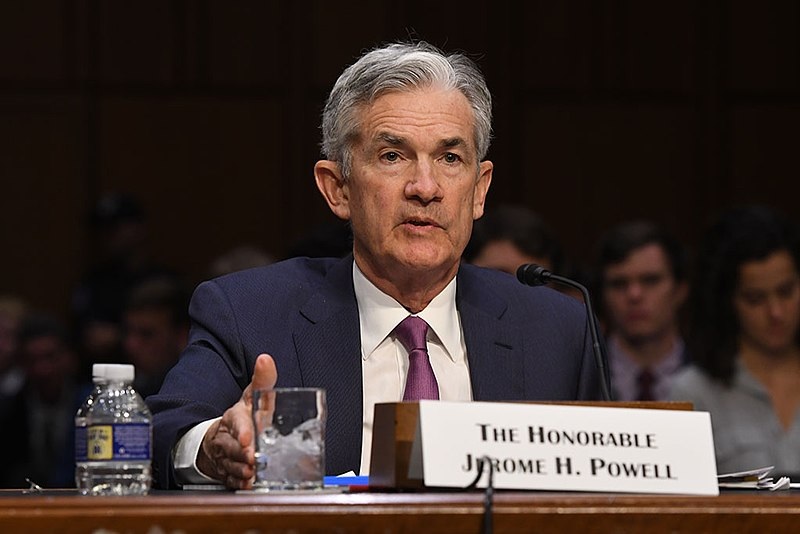economy news online
By Beiyi Seow
A key indicator of US inflation edged down in November, according to government data released Friday, in welcome news to households grappling with soaring costs while spending slowed. news online
This extends a downward inflation trend in recent months as officials try to cool the world’s biggest economy, though it is unlikely to bring quick relief from a forceful campaign to rein in prices.
The US Federal Reserve’s preferred inflation measure, the personal consumption expenditures (PCE) price index, rose 5.5 percent last month from November 2021, Commerce Department data showed.
This was below the October level but remains significantly higher than policymakers’ target of two percent inflation.
The central bank focuses on the PCE price index as it reflects actual spending of consumers, including shifts to less expensive items, unlike the better-known consumer price index.
From October to November, the PCE price index increased 0.1 percent, boosted by food prices, likely pointing to further tightening by the Fed.
But an easing of inflation pressures overall has boosted consumer sentiment in December, rising five percent from last month, according to a separate survey by the University of Michigan.
Although “sentiment remains relatively downbeat,” consumers’ extremely negative attitudes have improved, said survey director Joanne Hsu in a statement.
Softening
Meanwhile, expenditures appear to be “softening” with a drop in auto spending, although spending on services shows few signs of faltering just yet, said Ian Shepherdson of Pantheon Macroeconomics.
economy news online
Household spending, which has proven resilient in the face of decades-high inflation, jumped 0.1 percent from October to November, the Commerce Department data showed.
While there may be holiday distortions to the latest figures, “it seems reasonable to expect people to become more cautious,” Shepherdson added.
This is because consumers would have “run down about half of their accumulated pandemic savings, and labor market conditions are softening,” he said.
Personal incomes also rose 0.4 percent from October, official data indicated.
“High interest rates and elevated inflation caused consumers to take a breather on spending in November, but income gains and excess savings offered support,” said Oren Klachkin of Oxford Economics.
Consumer prices have surged this year, exacerbated by supply chain snarls and Russia’s invasion of Ukraine, leading the Fed to hike interest rates rapidly in hopes of easing demand.
The central bank has raised the benchmark lending rate seven times this year, with higher borrowing rates already battering sectors like housing.

But spending has been resilient and prices remain stubbornly high.
Excluding the volatile food and energy segments, the PCE price index rose 4.7 percent from a year ago, down from October but still far off the Fed’s goal.
The inflation data is “encouraging,” but Klachkin cautioned the figures “don’t signal a meaningful pullback in consumer spending” yet.
Consumer price increases may be expected to retreat next year, but should still “keep the central bank in an aggressive policy stance,” he said.
“The recession isn’t here today but one will arrive next year,” he added.
bys/bbk
© Agence France-Presse. All rights are reserved.
economy news online
Notes from APS Radio News
For a number of years, inflation cited often is what officials have called “core inflation”.
Core inflation excludes items like fuel and food, which, they have maintained, are deemed “too volatile” to include in officially released statistics.
From the early part of March 2020 to April 15, 2022, the US Federal Reserve had been increasing its holdings by nearly $5 trillion dollars.
It did this each month of that period by buying billions of dollars of corporation and government bonds, in effect, infusing massive amounts of money into the economy.
And, as the FRED graph shows, it did so at rapid rate or at a high rate of velocity.
Economists say that when massive amoutns of fiat money are infused into the economy at high rates of velocity, the likelihood of noticeably higher rates of inflation is made greater.
A number of other central banks followed a similar policy.
For example, between late February 2020, even days before the media started fixating on the virus thingy, and March of this year, the European Central Bank embarked on its own version of monetary expansion.
During that period, the ECB increased its holdings by over 5 trillion euros.
The Bank of Japan also increased its holdings.
Between February of 2020 and earlier this year, it had increased its holding by a few hundred trillion Yen.
For a number of years, including the Bank of Japan, major central banks have kept their interest rates low.
For its part, the Bank of Japan kept its interest rates at negative rates, meaning that depositors had to pay banks to hold their money.
During and before the pandemic, major corporations had increased the number of mergers and acquisitions, as those entities were able to make their purchases using inexpensive money and higher stock valuations.
The other part of the equation was that of supply.
As a result of lockdowns, many small and medium-sized businesses were closed.
Shipping ports had lost workers, and truck drivers going to those ports had to wait in long lines, as a result.
In effect, well before Russia’s invasion of Ukraine, shortages of various goods and services developed.
The invasion and sanctions imposed have aggravated shortages of commodities like petroleum and grain.
And there have been instances of price gouging.
economy news online


